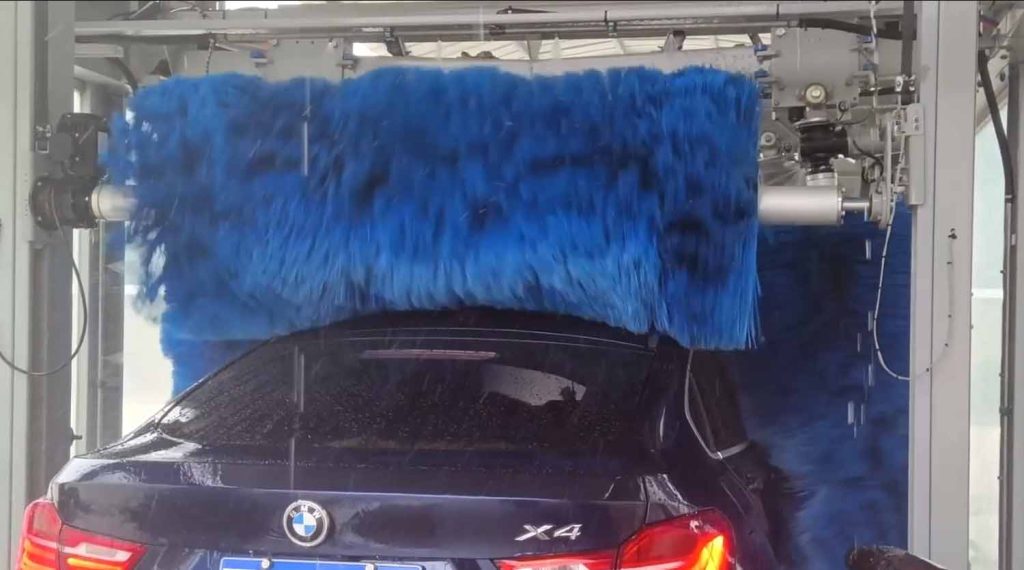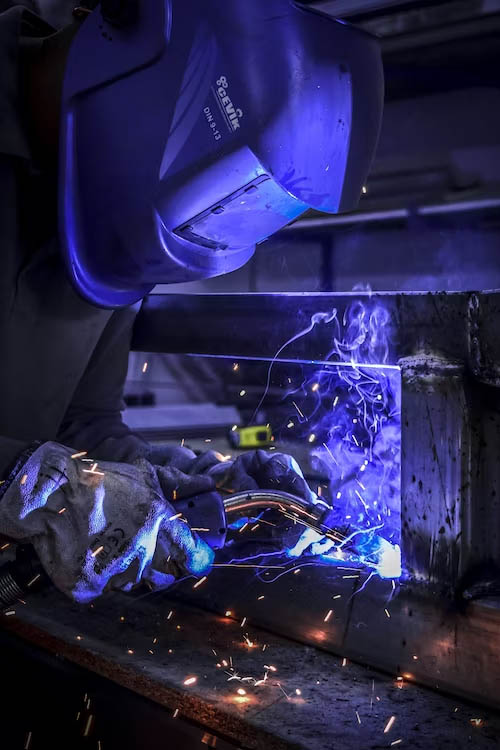Although I’ve spent years immersed in the car wash industry, I’ll always consider myself an operator first.
I can still recall those early days like they were yesterday. Back then, everything revolved around one goal: delivering clean, shiny cars that made customers smile. The process? Well, it felt a lot more straightforward than it does now. Decisions were simpler, the options fewer, and the technology less complex. Fast forward to today, and the landscape has shifted dramatically. The tools and choices available to car wash owners are more diverse than ever before, each bringing its own set of opportunities and challenges.
For operators considering equipment upgrades or opening a new site, the choices can feel overwhelming. Should you opt for a chain conveyor or a belt? What about wash materials—foam or cloth? Whether you’re choosing between brush or foma configurations or between a traditional conveyor or belt, understand that the choices you make will ultimately affect how you deliver customer value—and in turn, how successful your business will be. Each option influences not only how you operate but also how customers perceive and experience your wash.
Let’s dive into some of these decisions.

Conveyor Systems: Chain or Belt?
For decades, the roller-and-chain conveyor has been the gold standard for car washes. Durable, reliable, and highly efficient, it’s a system built for consistency. Whether you’re washing compact sedans or oversized SUVs, chain conveyors handle the job with ease. They’re also serviceable, making them a practical choice for operators who prioritize simplicity and uptime.
But belt conveyors? Now, that’s where things start to get interesting.
Belts may not be as common, but they’re becoming more popular in certain markets—and for good reason. Unlike chain systems, belts eliminate the gap between rollers, providing a smooth, continuous surface. This can be a game-changer for customers who are uneasy about driving their cars onto a traditional conveyor. For some, it’s less intimidating, and that alone can set your wash apart in a crowded market.
From a business standpoint, belt systems can offer differentiation. If you’re competing in an area saturated with chain-based washes, a belt might just give you the edge you’re looking for. That said, belts often come with higher upfront costs and may require specialized maintenance, so weigh your options carefully.
At the end of the day, most customers care more about the results than the system itself. The question isn’t whether a belt or chain conveyor is inherently better—it’s which one aligns with your brand, budget, and customer base.

Wash Materials: Foam or Cloth?
Ah, the age-old debate. Once upon a time, cloth reigned supreme in the car wash world. The durable and dependable, cloth was the go-to for mitters, wrap-arounds, and brushes. Sure, it had its downsides—like soaking up water and freezing in the winter—but it got the job done.
Foam, however, has steadily revolutionized the industry. Today’s foam materials are quieter, safer, and more versatile than ever. They’re designed to gently clean every nook and cranny, from the rocker panels to the wheels, without causing damage to delicate surfaces or mirrors. And let’s not forget the durability. Modern foam materials last longer and retain their cleaning effectiveness, making them a solid investment for operators focused on long-term performance.
But here’s the thing: it’s not about foam or cloth. It’s about foam and cloth.
Mixing materials allows you to tailor your wash process to different surfaces and cleaning needs. For instance, the cloth might still make sense for matters or wraps, where durability is key, while the foam is ideal for areas requiring a gentler touch. Combining the strengths of both can help you clean a wider range of vehicles effectively.
Making the Choice
As an operator, your goal is to balance customer experience with operational efficiency. Whether you choose a chain or belt conveyor, foam, or cloth materials, the decision should reflect the unique needs of your business.
Think about your customers. Are they looking for convenience? A seamless experience? High-end service? Consider your market, your competition, and the long-term costs associated with each option.
The truth is, there’s no one-size-fits-all answer. What worked for your neighbor down the road may not be the best fit for your business. And that’s okay. With the advancements in equipment and materials, the good news is this: the choices may feel daunting, but the potential for success has never been greater.
Good luck, and here’s to clean, shiny cars!



